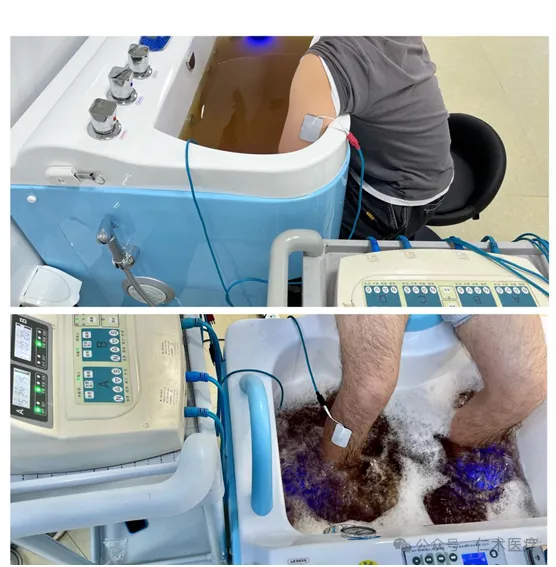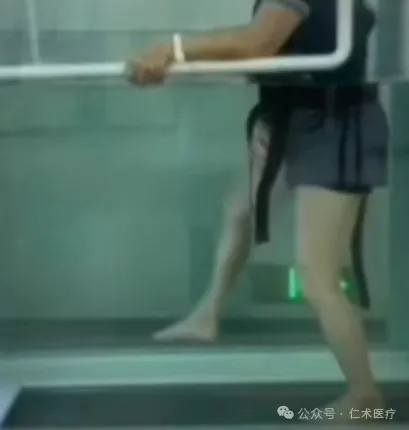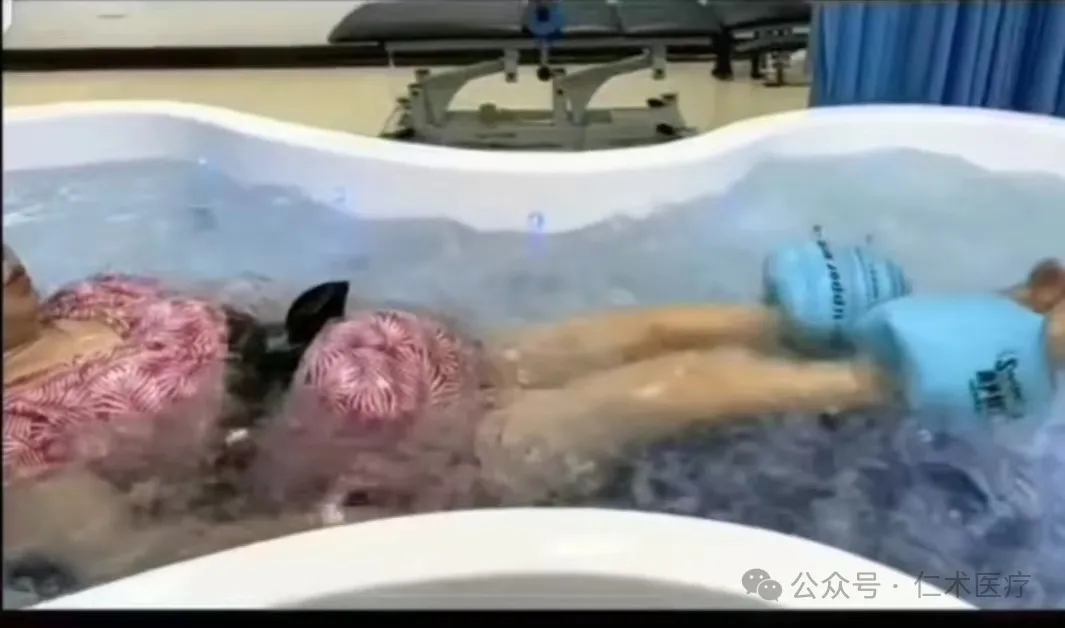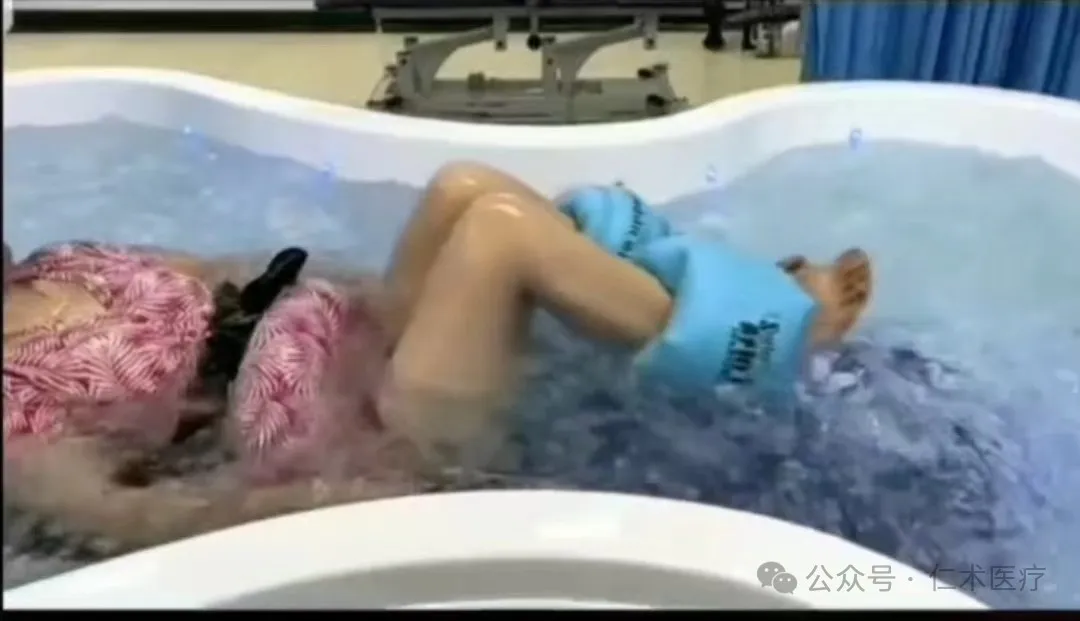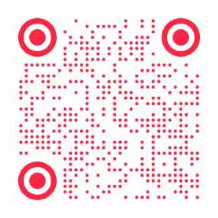
Spinal cord injury water treatment rehabilitation
Release time:
2024-04-08
Spinal cord injury refers to the spinal cord received external force or pathological changes in the internal environment resulting in spinal cord tissue compression, ischemia and necrosis. The cause is not only trauma, but also inflammation, infection, mechanical compression, congenital malformation and many other factors.
Primary dysfunction in spinal cord injury includes dyskinesia (muscle paralysis), sensory dysfunction (loss, diminished, and abnormal sensations), excretory dysfunction (neurogenic bladder and neurogenic bowel), sexual dysfunction, dysregulation of the autonomic nervous system, and respiratory dysfunction (high injury); secondary dysfunction includes pressure sores, infections, pain, spasms, and contractures. Heterotopic ossification, autonomic hyperreflexia, urinary calculi, deep venous thrombosis, complex regional pain syndrome, psychological disorders. Spinal cord injury is the most extensive clinical syndrome.
Classification of Spinal Cord Injury
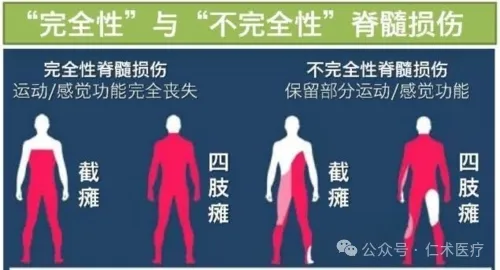
According to the location of injury (such as cervical spinal cord injury, thoracolumbar spinal cord injury), degree (complete spinal cord injury and incomplete spinal cord injury) and complications, the clinical symptoms and signs of spinal cord injury are different.
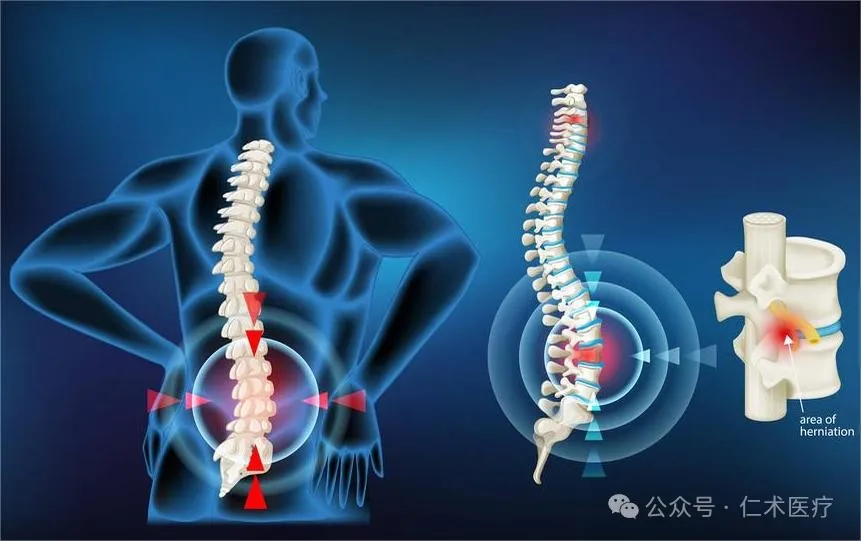

Complete Spinal Cord Injury:
After spinal shock, complete loss of motor sensation below the level of injury, including complete loss of movement in the sacral segment (anal sphincter) and sensation (sensation at the anal mucocutaneous junction and sensation in the deep part of the anus), is a complete spinal cord injury (complete lesions).
incomplete spinal cord injury:
The presence of movement (anal sphincter) or sensation (sensation at the mucocutaneous junction of the anus and sensation in the deep part of the anus) below the level of injury is called incomplete spinal cord injury (incomplete lesions).
Spa technology for spinal cord injury
Spa equipment involved in water exercise therapy for spinal cord injury includes water treadmill, butterfly bath, limb bath, lifting floor and other equipment. Aquatic exercise therapy for patients with spinal cord injury should focus on the pool, especially the balance, coordination, flexibility and endurance training for patients with incomplete spinal cord injury. Spinal cord injury patients in the pool can use hydrotherapy technology including Halliwick therapy, BRRM, Ai Chi and other modern water exercise therapy technology. The equipment that can be used for training in the pool includes swimming pool floats, water barbells, pool dumbbells, floats, swimming rings, fins, wading shoes, and floats. The focus of hydrotherapy for patients with incomplete spinal cord injury should be on strengthening the strength of the core muscle group. The stability of the core muscle group means that patients can master the balance well, better cross obstacles, reduce the risk of falling, and make patients more independent in daily life.
Training requirements and part of the training show
upper limb control training
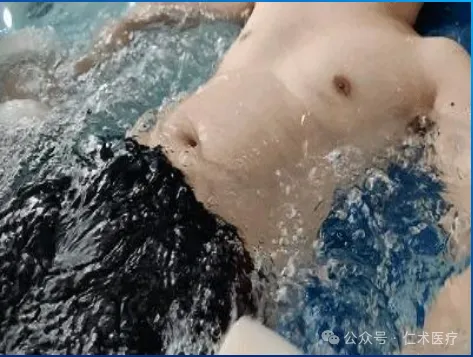
lower limb control training
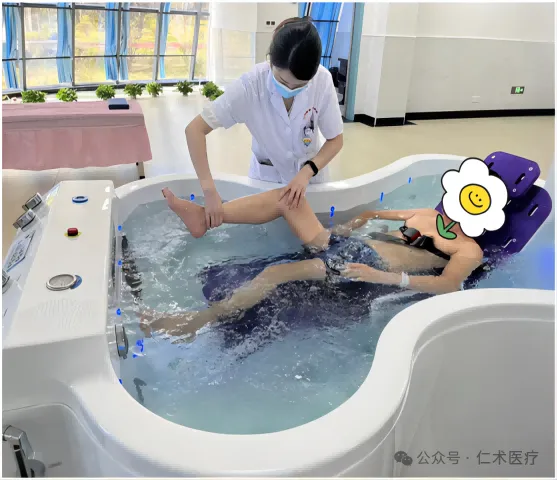
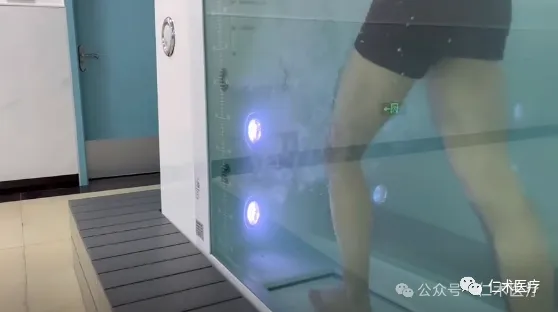
Water treadmill walking training

Water breathing and shoulder strength training
Related News



